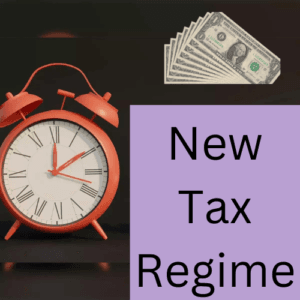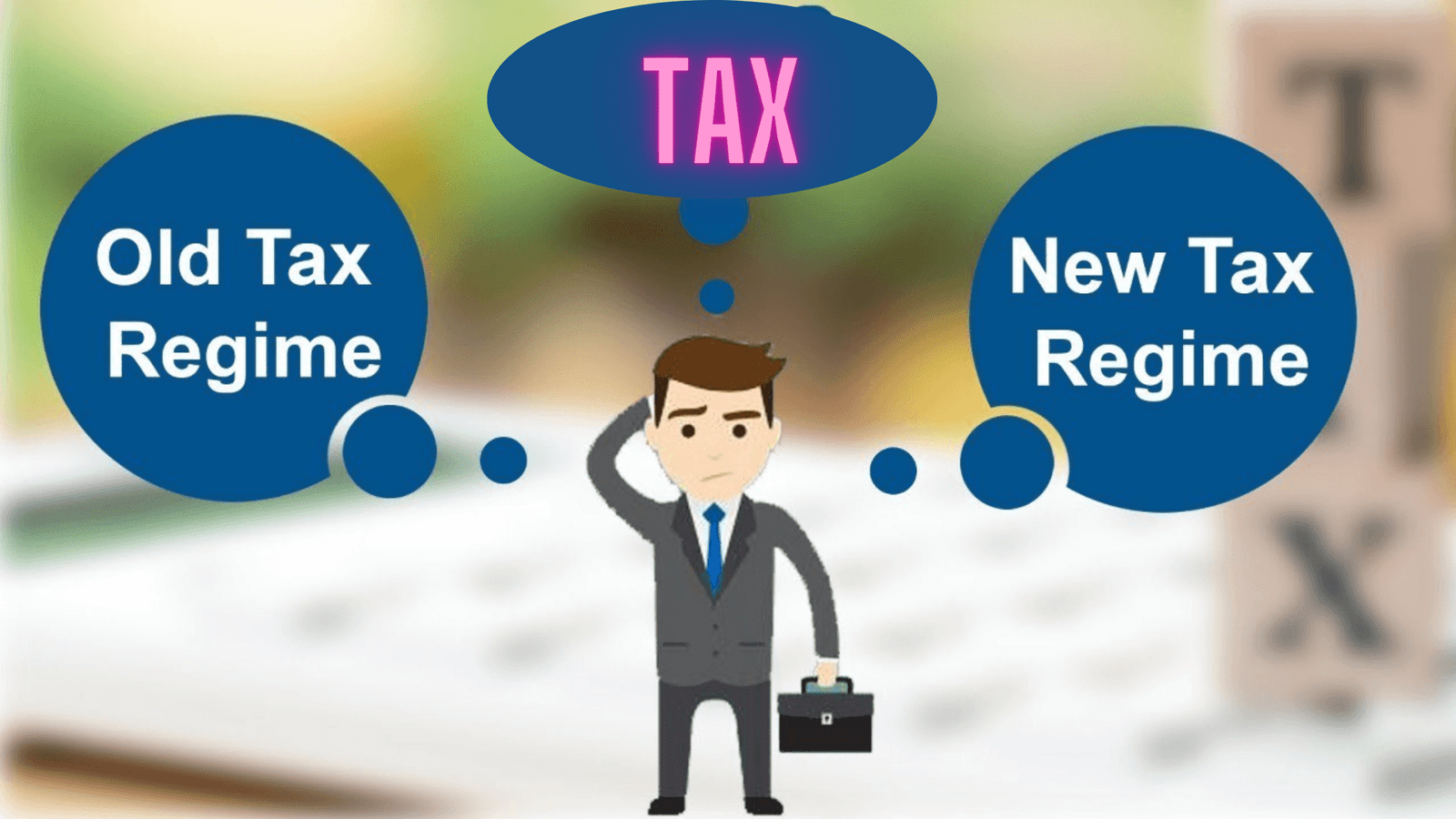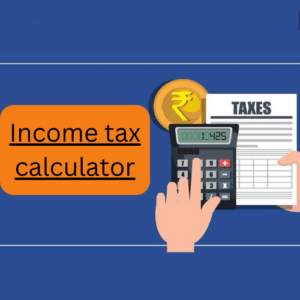A Comparative Analysis of India’s New vs Old Tax Regime for FY 2024-25
Introduction:
India’s tax regime has undergone significant reform over the years, aimed at simplifying the taxation system while promoting economic growth and equity.
One of the most notable changes in recent times has been the introduction of the new tax regime, which offers taxpayer an alternative to the traditional tax structure.
As we delve into the fiscal year 2024-25, it’s essential to dissect and compare the nuances of both the old and new tax regime to understand their implications on taxpayers and the economy at large.
The Old Tax Regime:

The old tax regime, which has been in existence for decades, follows a progressive tax structure with varying tax slabs based on income levels.
Under this regime, taxpayers can claim various deductions and exemptions under different sections of the Income Tax Act, such as Section 80C for investments, Section 24 for home loan interest and Section 80D for health insurance premiums.
While the old tax regime offers substantial tax-saving opportunities through deductions and exemptions, it is often criticized for its complexity and lack of transparency.
Taxpayers are required to navigate through a myriad of provisions and calculations to determine their tax liability, leading to confusion and compliance challenges.
Moreover, the old tax regime tends to favor individuals with higher incomes who can leverage tax planning strategies to minimize their tax outgo effectively.
This disparity in tax treatment has been a subject of debate, with calls for a more equitable tax system that reduces the burden on the middle and lower-income groups.
The New Tax Regime:

In response to the complexities of the old tax regime and the need for simplification, the Indian government introduced the new tax regime in FY 2020-21.
The new regime offers a lower tax rate structure with reduced tax slabs and eliminates most deductions and exemptions available under the old regime.
Under the new tax regime, taxpayers have the option to choose between the old and new tax structures based on their preference and financial situation.
The new regime aims to streamline the tax filing process, reduce compliance burden, and make the taxation system more transparent and taxpayer-friendly.
While the new tax regime offers simplicity and ease of compliance, it comes at the cost of foregoing various tax-saving opportunities available under the old regime.
Taxpayers opting for the new regime lose out on deductions such as investments in provident funds, life insurance premiums, and tuition fees, which could significantly reduce their tax liability.
Comparative Analysis:
To better understand the implications of the new versus old tax regime for FY 2024-25, let’s compare the tax implications for different income brackets:
1. Low-Income Earners:
– Old Tax Regime: Low-income earners benefit from various deductions and exemptions, reducing their effective tax liability.
– New Tax Regime: While the tax rates are lower, the lack of deductions may result in a higher tax burden for low-income earners.
2. Middle-Income Earners:
– Old Tax Regime: Middle-income earners can leverage deductions to optimize their tax savings effectively.
– New Tax Regime: The lower tax rates may offset the loss of deductions for some middle-income earners, depending on their specific circumstances.
3. High-Income Earners:
– Old Tax Regime: High-income earners can employ tax planning strategies to minimize their tax liability through deductions and exemptions.
– New Tax Regime: The lower tax rates may not compensate for the loss of deductions for high-income earners, resulting in a higher effective tax rate.
Implications and Considerations:
The choice between the old and new tax regimes for FY 2024-25 depends on various factors, including income level, financial goals, and tax planning objectives. Taxpayers need to evaluate their individual circumstances carefully before making a decision.
Here are some considerations to keep in mind:
1. Tax Planning:
Evaluate the impact of deductions and exemptions available under the old regime against the lower tax rates offered by the new regime to determine the most tax-efficient approach.
2. Simplicity vs. Savings:
Consider whether the simplicity and ease of compliance offered by the new regime outweigh the potential tax savings available under the old regime.
3. Future Projections:
Anticipate any changes in income levels, investment patterns, or life events that may affect your tax liability in the future and choose the regime that aligns with your long-term financial goals.
Here are some comparative examples of India’s new vs. old tax regime for FY 2024-25:
|
|||||||||||||||||||||||||||||||||||||||||||||||||||||||||
|---|---|---|---|---|---|---|---|---|---|---|---|---|---|---|---|---|---|---|---|---|---|---|---|---|---|---|---|---|---|---|---|---|---|---|---|---|---|---|---|---|---|---|---|---|---|---|---|---|---|---|---|---|---|---|---|---|---|
These tables provide a side-by-side comparison of the tax liabilities under India’s old and new tax regimes for FY 2024-25 for different income levels.
Despite the absence of deductions in the new regime, the lower tax rates result in significant savings for taxpayers, especially in higher income brackets.
Please click below mentioned link to calculate your income tax liability :
Conclusion:
India’s new tax regime for FY 2024-25 presents taxpayers with a choice between simplicity and tax savings.
While the old regime offers various deductions and exemptions to reduce tax liability, the new regime provides lower tax rates but eliminates most tax-saving opportunities.
Ultimately, the decision to opt for the old or new tax regime depends on individual circumstances and preferences.
Taxpayers must weigh the pros and cons of each regime carefully and seek professional advice if needed to make an informed choice that maximizes their tax efficiency while ensuring compliance with the law.
Finally, Thank you for reading by blog on “A Comparative Analysis of India’s New vs. Old Tax Regime for FY 2024-25″.
If You have any question related to my blog, Please comment below.


